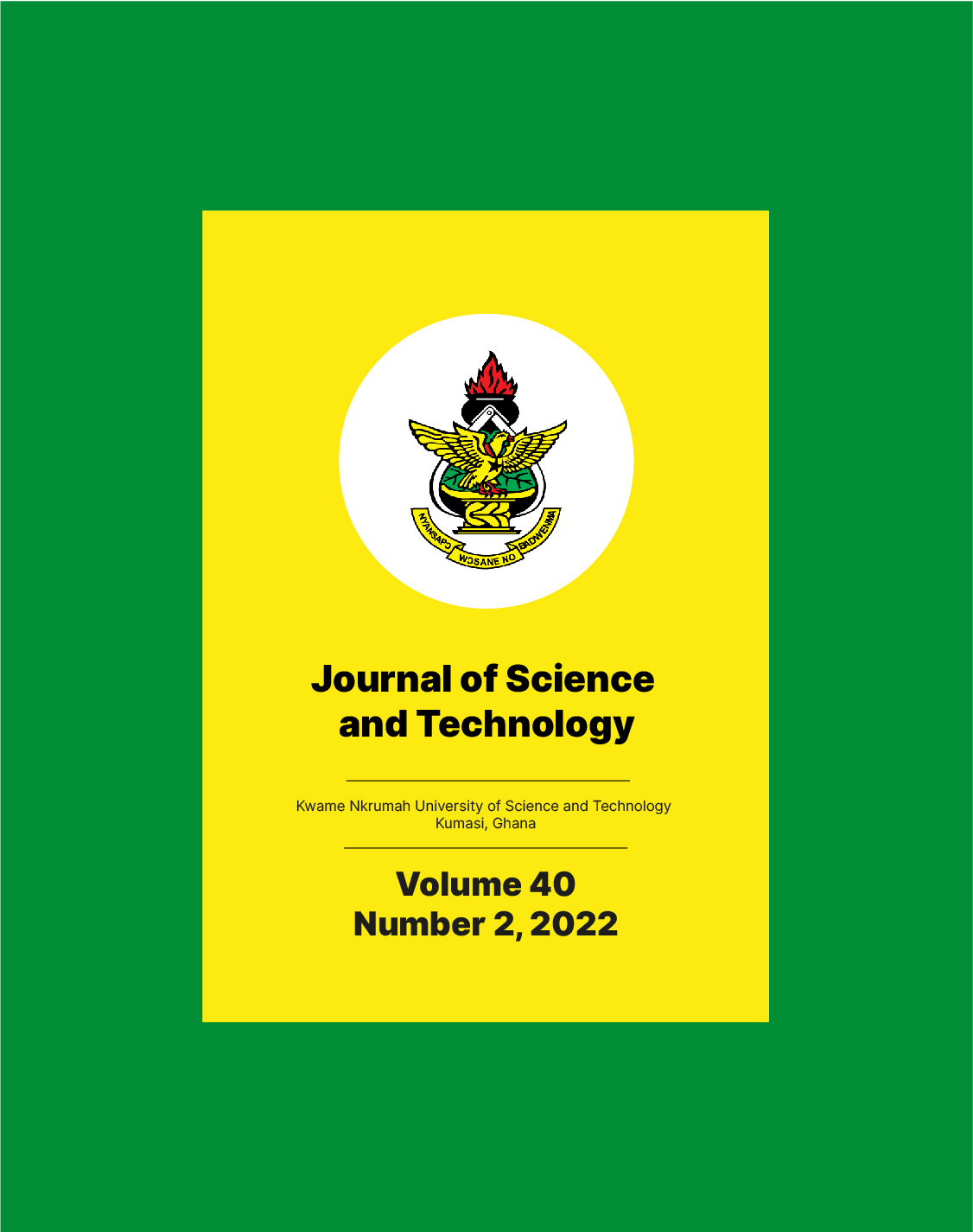Main Article Content
Internet Addiction and Correlates Among Tertiary Students in a Sub-Saharan African Country – Case of KNUST, Ghana: A Follow Up Study
Abstract
Background: A major drawback of the revolutionary technology of the internet is the tendency for addiction. Internet addiction (IA) is a modern menace affecting mostly the youth. Preventive counseling (PC) is needed to deal with this growing public health concern, however empirical data as a basis in terms of prevalence and corelates are non – existent in Ghana. Objectives: This study aimed to assess the prevalence of IA and its psychological corelates among Kwame Nkrumah University of Science and Technology (KNUST) students. Methods: Online cross-sectional method was used to survey one thousand, one hundred and sixty-five (1,165) students. Internet Addiction Test (IAT), Beck’s Depressive Inventory (BDI), Index of Self-Esteem (ISE), Revised UCLA Loneliness Scale (RULS) and Satisfaction with Life (SWL) measures were used for data collection. The data was analyzed using statistical package for social sciences (SPSS) version 25. Results: 36.2% of the study participants (SPs) were normal internet users and 39%, 19.0% and 1.1% were mildly, moderately and severely addicted to the internet respectively. Also, with higher scores indicating greater magnitude of problem, there were significant positive correlations between IAT and their Self-esteem (r = 0.288, N= 1165, p = 0.000), loneliness (r = 0.228, N= 1165, p = 0.000) and depression (r = 0.270, N= 1165, p = 0.000) scores. Moreover, there was a significant inverse relationship with their IAT and SWL (r = - 0.209, p = 0.000) scores. Conclusion: Approximately 1% of KNUST students sampled need addictive psychotherapeutic intervention. Also 58% (i.e. 39% mild plus 19.0% moderate prevalence of addiction) need preemptive counselling since they stand the chance of continuing to the severe end of IA continuum. Implications for policy, promotion of preventive health behaviors and clinical intervention at the institutional and national levels have been discussed.




